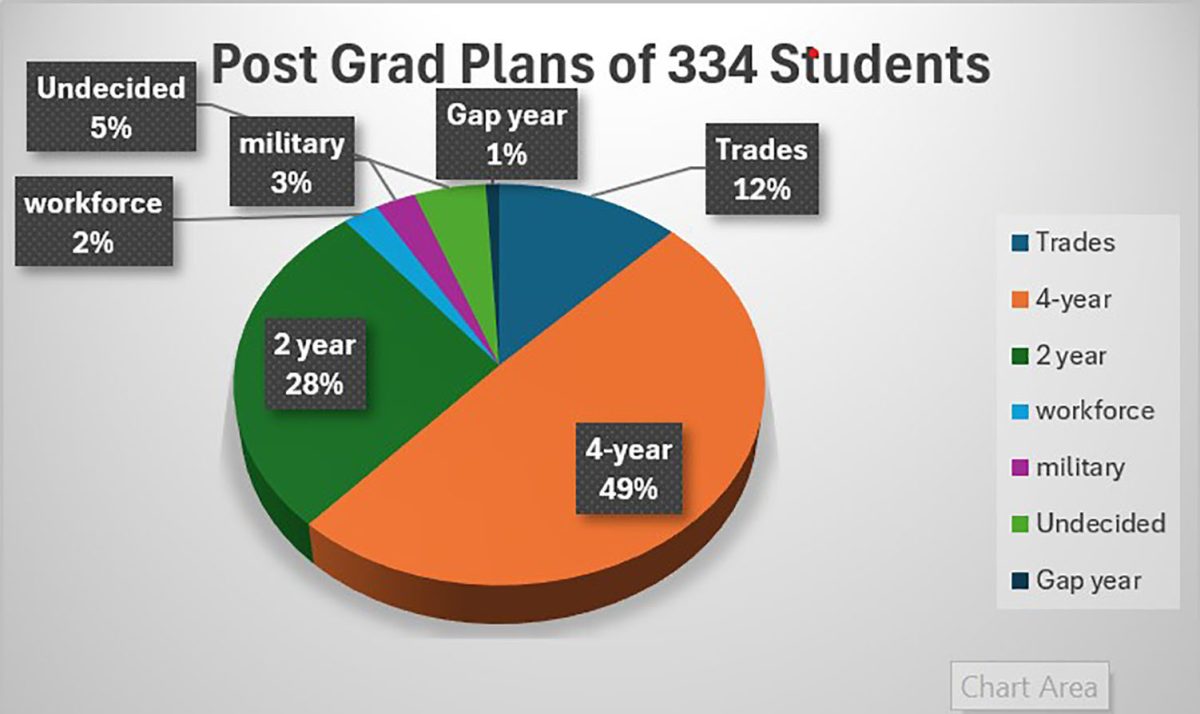The content creating industry is constantly shifting to make way for new trends. With a steady influx of new trends on websites such as Tik Tok and YouTube, originality has become a thing of the past. Content farms and popular influencers milk trends and video ideas into obscurity.
Students seem to share this sentiment, as 33 of 54 polled students believe that media such as movies and television shows posts have lowered in quality.
“Lots of TV shows are capitalizing on quantity over quality, and are just trying to make money instead of being meaningful,” Adelyn Millerd, junior, said.
“While advancements in technology have enhanced the quality of social media, much of its content is still filled with inaccuracies or mindless distractions,” Julie Banholzer, counselor, said. “Meanwhile, over the past few decades, many television shows—especially those on streaming platforms—have reached an almost cinematic level of quality.”
These alleged shortcuts are not evident solely in select media formats; video sharing websites and even advertisements have been using methods such as AI to lessen the amount of work that humans do.
“Accounts on the Internet can be easily managed by AI,” Tristan Donnewald, sophomore, said. “People make money off of it. Oftentimes it isn’t a large sum of money, but it’s enough to motivate people to continuously help advance the growth of AI in media.”
Not only is this harmful to human producers who put in constant effort to find an audience online, but it also has extra incentives: small paychecks. The allure of money is enough to attract a rather hefty fanbase.
Even without AI, trends can have adverse effects, even materialistically. For example, clothing trends or item trends such as the Stanley cup craze benefitted manufacturers, but the long-term effects are still present.
“Lots of fashion trends come and go, leading to people buying clothes very fast and throwing them out shortly after,” Natalie Zulca, sophomore, said. “Thrift stores and landfills are full of clothes that are from short trends.”
From the overwhelming amount of negative byproducts of trends in media, it is apparent that they do more harm than good. There may be no surefire way to prevent a drop in quality content, so whether or not to consume this type of content is up to the individual viewer.






